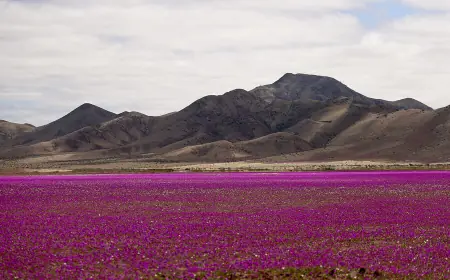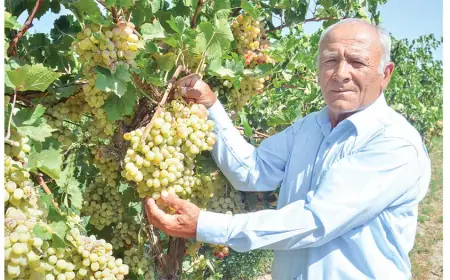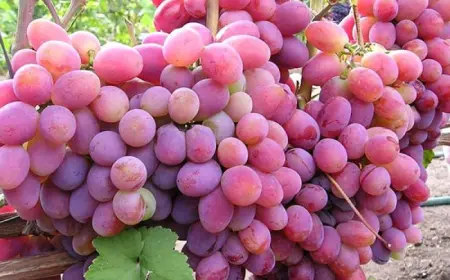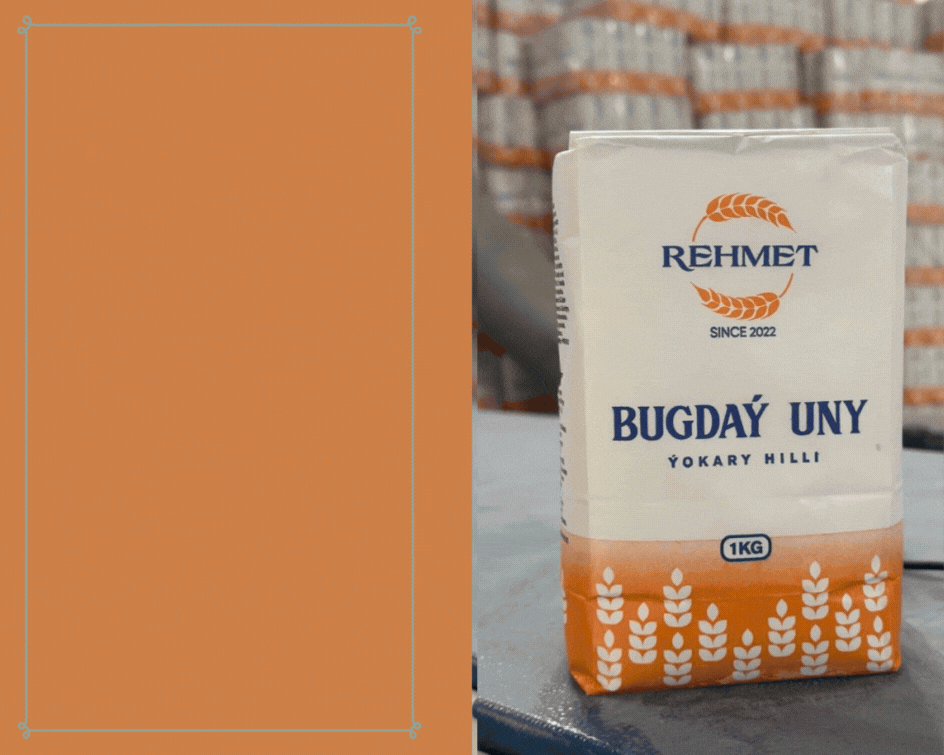The Wealth of Turkmen Soil: Medicinal Plants in the Global Market

Turkmenistan is a land of Eastern culture and natural abundance. Its climate and geography — deserts, mountains, plains, and river valleys — create diverse ecosystems that nurture a wide variety of medicinal plants. These plants are used not only in traditional Turkmen medicine but also in the global pharmaceutical industry.
Rich Diversity of Medicinal Plants
More than 3,000 species of plants grow in Turkmenistan, and over 500 of them have medicinal properties. Some species are endemic, meaning they grow only in this region.
The most commonly used medicinal plants include:
-
Licorice (Glycyrrhiza glabra) — known worldwide as “liquorice.” Its root, with a sweet taste, is widely used in syrups, lozenges, and anti-allergy medicines. In Turkmenistan, it is found mainly in Mary and Lebap regions.
-
Peganum harmala (Harmal) — an antiseptic and antioxidant plant. In Switzerland and India, its extract is used to treat eye and nerve disorders.
-
Hyssop (Hyssopus officinalis) — effective against colds, bronchitis, and respiratory diseases. It grows mainly in the mountain regions of Ahal and Balkan.
-
Camel Thorn (Alhagi pseudoalhagi) — promotes wound healing and helps with lung diseases.
-
Yarrow (Achillea millefolium) — used as a blood-stopping, anti-diarrheal, and antiseptic herb.
Contribution to Global Practice
Many Turkmen medicinal plants are now recognized internationally and are used in pharmaceutical industries around the world. For example:
-
Licorice extract is widely used in Europe in sugar-free syrups, cough medicines, and cosmetics.
-
Harmal seed oil is used in Iran, India, and Turkey in aromatherapy and antidepressant products.
-
Hyssop extract is found in French natural antiseptic preparations.
This shows that Turkmen nature contributes not only locally but also to global health and medicine.
Scientific and Economic Potential
Scientific research on medicinal plants is actively carried out in Turkmenistan — at the Institute of Biology, the Ministry of Environmental Protection and Forestry, and healthcare organizations. Studies focus on the chemical composition, pharmacological effects, and potential for developing new medicines.
Industrial processing of medicinal plants increases export opportunities and supports eco-friendly production.
Turkmenistan’s nature is rich, and its flora possesses unique healing qualities. This wealth is valuable not only for traditional medicine but also for the international pharmaceutical market.
Expanding research and global cooperation can help Turkmenistan become one of the leading countries in medicinal plant production and export.
Medicinal plants from Turkmenistan:
-
serve as eco-friendly raw materials for natural medicine,
-
are in high demand in international health and cosmetic markets.



























